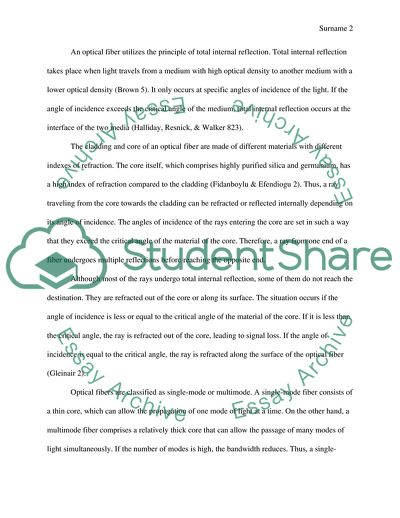Cite this document
(Fiber Optics Literature review Example | Topics and Well Written Essays - 1750 words, n.d.)
Fiber Optics Literature review Example | Topics and Well Written Essays - 1750 words. https://studentshare.org/chemistry/1849605-fiber-optics
Fiber Optics Literature review Example | Topics and Well Written Essays - 1750 words. https://studentshare.org/chemistry/1849605-fiber-optics
(Fiber Optics Literature Review Example | Topics and Well Written Essays - 1750 Words)
Fiber Optics Literature Review Example | Topics and Well Written Essays - 1750 Words. https://studentshare.org/chemistry/1849605-fiber-optics.
Fiber Optics Literature Review Example | Topics and Well Written Essays - 1750 Words. https://studentshare.org/chemistry/1849605-fiber-optics.
“Fiber Optics Literature Review Example | Topics and Well Written Essays - 1750 Words”. https://studentshare.org/chemistry/1849605-fiber-optics.


